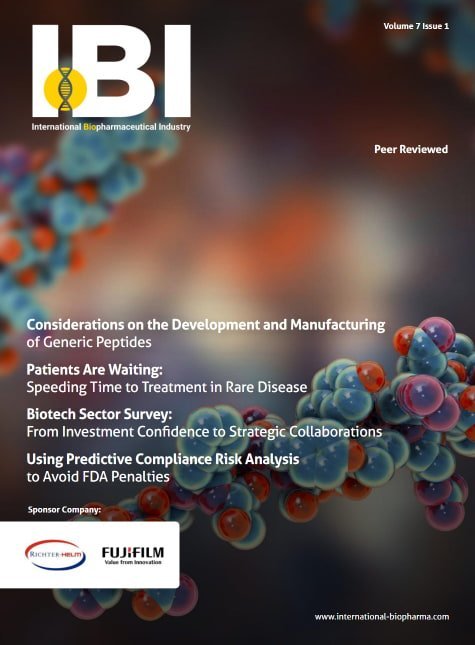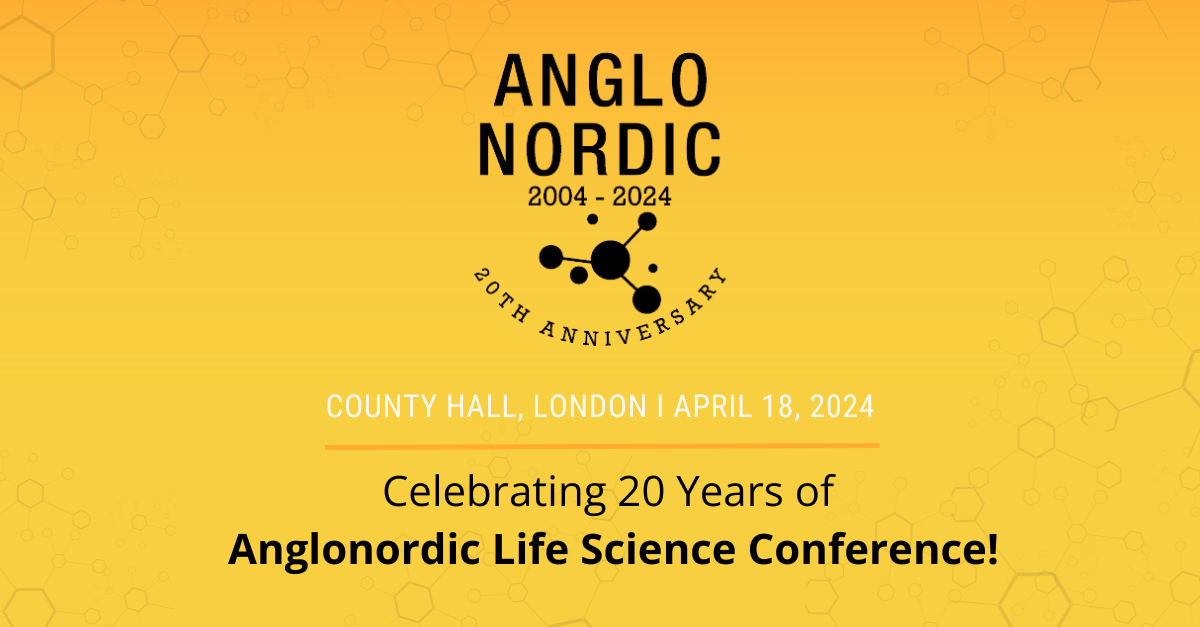A surgical robot system developed by Noah Medical and newly cleared by the FDA is out of this world—or, at least, the current world of bronchoscopy procedures.
Bronchoscopies have already gotten a major tech upgrade in recent years as robotic-assisted approaches have increasingly become the norm. The minimally invasive procedure involves sending a camera-equipped catheter down a patient’s throat and into the passageways of the lungs—often with the help of a robotic controller—where tools attached to the catheter can gather samples of potentially cancerous lung nodules for further testing.
Noah Medical’s Galaxy system, meanwhile, aims to bring the technology even further into the future by adding in real-time imaging software and more sanitary single-use components. The Silicon Valley startup announced the system’s FDA clearance on Thursday.
“While various technologies to diagnose lung cancer have been utilized over time, the diagnostic yield has remained relatively low,” CEO Jian Zhang, Ph.D., said in the release. “The Galaxy system is designed to close this gap in the market, giving clinicians a safe and easy-to-use platform to potentially improve diagnostic yield and produce better clinical outcomes.”
The Galaxy system’s imaging tools combine tomosynthesis—a form of high-resolution X-ray that’s perhaps most commonly used to produce a 3D image in breast cancer mammography—and augmented fluoroscopy, which generates continuous X-rays of the body throughout a bronchoscopy. Those images are displayed on the connected monitor, which offers multiple side-by-side views of a patient’s anatomy and the movement of the catheter.
The software also includes Noah’s Tool-in-Lesion Tomo+ technology, known as TiLT+. It uses the real-time images to give regular updates as doctors use the Galaxy robotic controllers to navigate a catheter to an identified lung nodule. Once the tube has reached a nodule, the TiLT+ tool automatically measures the distance between the biopsy equipment and the center of the lesion to provide definitive confirmation that the sample has been successfully gathered.
In study results presented last fall, the TiLT+ technology guided four separate bronchoscopy operators to simulated lung nodules with 100% success—proven by the release of purple dye embedded in the makeshift nodules. In the study, over the course of several days, the operators performed a total of 20 biopsies on four pigs and hit the exact center of the nodules about 60% of the time.
The inclusion of single-use bronchoscopes in the Galaxy system is also a crucial feature—and marks a first among robotic bronchoscopy systems, according to Noah—as the FDA has issued several warnings in the last decade detailing the potential perils of improperly cleaned endoscopes.
In 2021, the agency updated a safety communication about bronchoscopes originally published in 2015. In addition to reiterating all of the original notice’s recommendations—including to consider using sterilization to clean reusable devices, rather than simply high-level disinfection—the FDA also offered up a new suggestion: that healthcare providers consider making the switch to single-use bronchoscopes, especially in situations with an increased risk of infection or those in which a device can’t be immediately sanitized after the procedure.
In addition to the updated imaging technology and use of disposable bronchoscopes, Noah’s Galaxy system has also been constructed with several other features to help the procedures run as smoothly as possible.
For one, doctors manoeuvre the robotic system using a simple controller that closely resembles a standard gaming controller. For another, the entire Galaxy system is housed on a rolling cart that takes up only 6.3 square feet of space, according to its maker, allowing it to be moved throughout a hospital as needed.

























